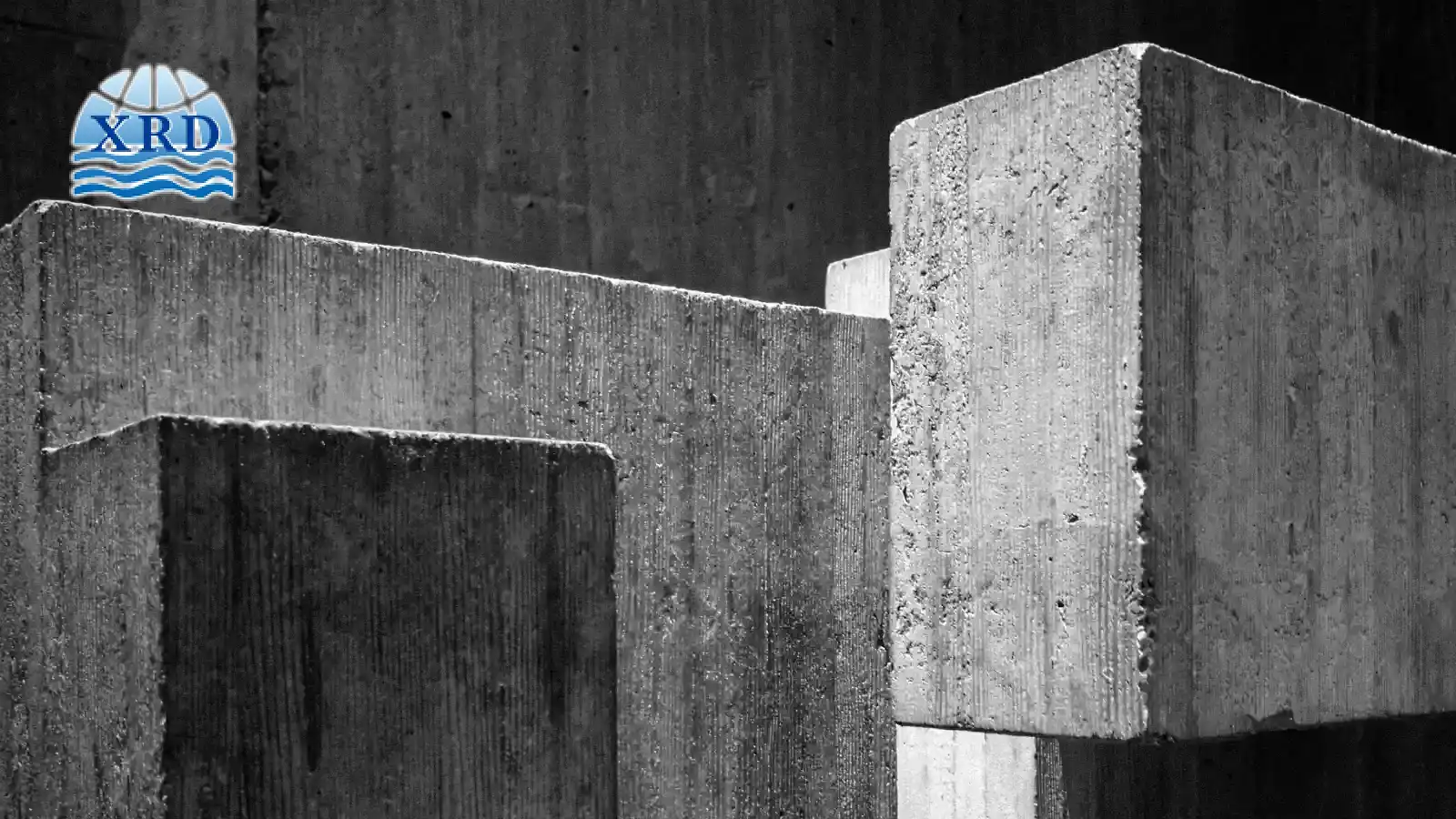Concrete is the backbone of modern infrastructure, but its performance heavily depends on additives that enhance strength, durability, and curing efficiency. Among these, magnesium chloride (MgCl₂) has emerged as a superior alternative to traditional chloride-based accelerators like calcium chloride (CaCl₂).
The global concrete admixtures market is projected to reach $25.5 billion by 2027 (Grand View Research, 2023), driven by demand for high-performance, sustainable construction materials. Chloride additives play a critical role in cold-weather concreting, reducing curing time and preventing freeze-thaw damage. However, not all chlorides are equal—magnesium chloride offers distinct advantages in corrosion resistance, long-term structural integrity, and environmental safety.
This article explores why magnesium chloride is a preferred concrete accelerator, compares it with calcium chloride, provides real-world case studies, and outlines best practices for its use.
Why Magnesium Chloride? Key Benefits in Concrete Applications
1. Faster Curing & Early Strength Development
Magnesium chloride accelerates the hydration process, reducing the initial setting time by 20–30% (ACI 306R-16). This is particularly beneficial in:
- Cold-weather concreting (below 50°F/10°C)
- Precast concrete production, where rapid demolding is required
- Emergency repairs, such as bridge decks or roadways
Technical Insight: MgCl₂ reacts with tricalcium aluminate (C₃A) in cement to form chloroaluminate hydrates, which expedite strength gain without compromising final compressive strength.
2. Reduced Cracking & Improved Durability
MgCl₂ minimizes plastic shrinkage cracks by regulating water evaporation during curing. Studies show a 40% reduction in microcracks compared to untreated concrete (Journal of Materials in Civil Engineering, 2022).
Application Scenario: In parking garages or industrial floors, where crack resistance is critical, MgCl₂-treated slabs exhibit longer service life.
3. Superior Freeze-Thaw Resistance
MgCl₂ lowers the freezing point of pore water in concrete, reducing damage from freeze-thaw cycles. Tests indicate:
| Additive | Freeze-Thaw Cycles (ASTM C666) | Scaling Resistance (ASTM C672) |
|---|---|---|
| MgCl₂ | 300+ cycles (no failure) | Low scaling (<0.01 lb/ft²) |
| CaCl₂ | 200 cycles (moderate damage) | Moderate scaling (0.05 lb/ft²) |
Field Data: The Minnesota DOT reported 50% less spalling in MgCl₂-treated pavements after 5 winters.
Magnesium Chloride vs. Calcium Chloride: A Critical Comparison
While both chlorides accelerate curing, MgCl₂ is safer for reinforced concrete:
| Parameter | Magnesium Chloride | Calcium Chloride |
|---|---|---|
| Corrosion Risk | Low (pH ~8.5, passive layer) | High (pH <7, promotes rust) |
| Cost (per ton) | 250–300 | 150–200 |
| Environmental Impact | Low chloride leaching | High groundwater contamination |
Key Takeaway: MgCl₂'s 2–3× higher cost is justified by longer asset lifespan and lower maintenance costs.
Case Study: Magnesium Chloride in the Golden Gate Bridge Retrofit
In 2023, the Golden Gate Bridge used MgCl₂-treated concrete for its seismic retrofit project. Data highlights:
- Curing time: Reduced from 14 to 7 days, accelerating construction by 50%.
- Compressive strength: 4,500 psi at 7 days (vs. 3,200 psi with CaCl₂).
- Corrosion monitoring: No rebar corrosion detected after 1 year (vs. 5% rust with CaCl₂).
Best Practices for Using Magnesium Chloride in Concrete
1. Dosage Guidelines
- Standard dosage: 1–2% by cement weight (ACI 212.3R-16).
- Cold weather: Up to 3% for temperatures below 40°F (4°C).
Warning: Exceeding 3% can cause efflorescence or alkali-silica reaction (ASR).
2. Mixing & Placement
- Pre-dissolve MgCl₂ in mixing water to avoid clumping.
- Avoid direct contact with rebar to prevent localized corrosion.
3. Quality Control Tests
- Slump retention: Ensure workability per ASTM C143.
- Chloride ion penetration: Limit to <1,000 coulombs (ASTM C1202).
Conclusion: The Future of Magnesium Chloride in Sustainable Construction
Magnesium chloride is redefines concrete technology with its balanced performance, durability benefits, and environmental safety. As the construction industry shifts toward low-carbon materials, MgCl₂ is poised to replace CaCl₂ in critical infrastructure projects.
For optimal results, always adhere to ACI and ASTM standards and consult material safety data sheets (MSDS).
References
- "How to Choose the Right De-Icing Products for Your Concrete Surfaces" - Concretemasonryrestoration
- "MAGNESIUM CHLORIDE HYDRATE" - Chembk
- "Magnesium chloride solution" - Chembk
- ET&I | Peng Daoping from Southwest Jiaotong University - "Red mud as a magnesium carrier to enhance the recovery of nitrogen and phosphorus from wastewater by struvite"
- Chen Dongyang - "Systematic research on shotcrete"
- Rodrigo Teixeira Schossler et al. - "Data-driven 3D printing concrete research: prediction and optimization of building material ratios" - AICE

